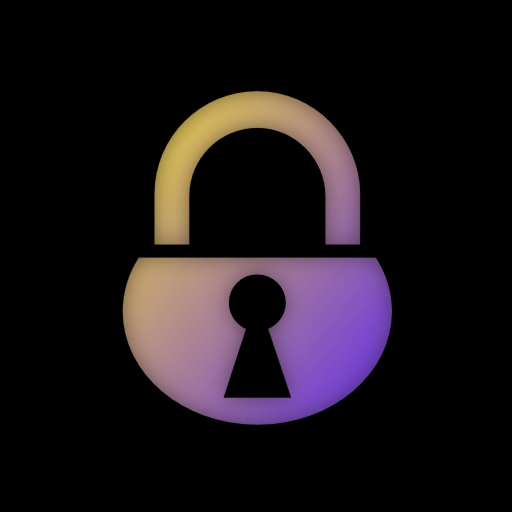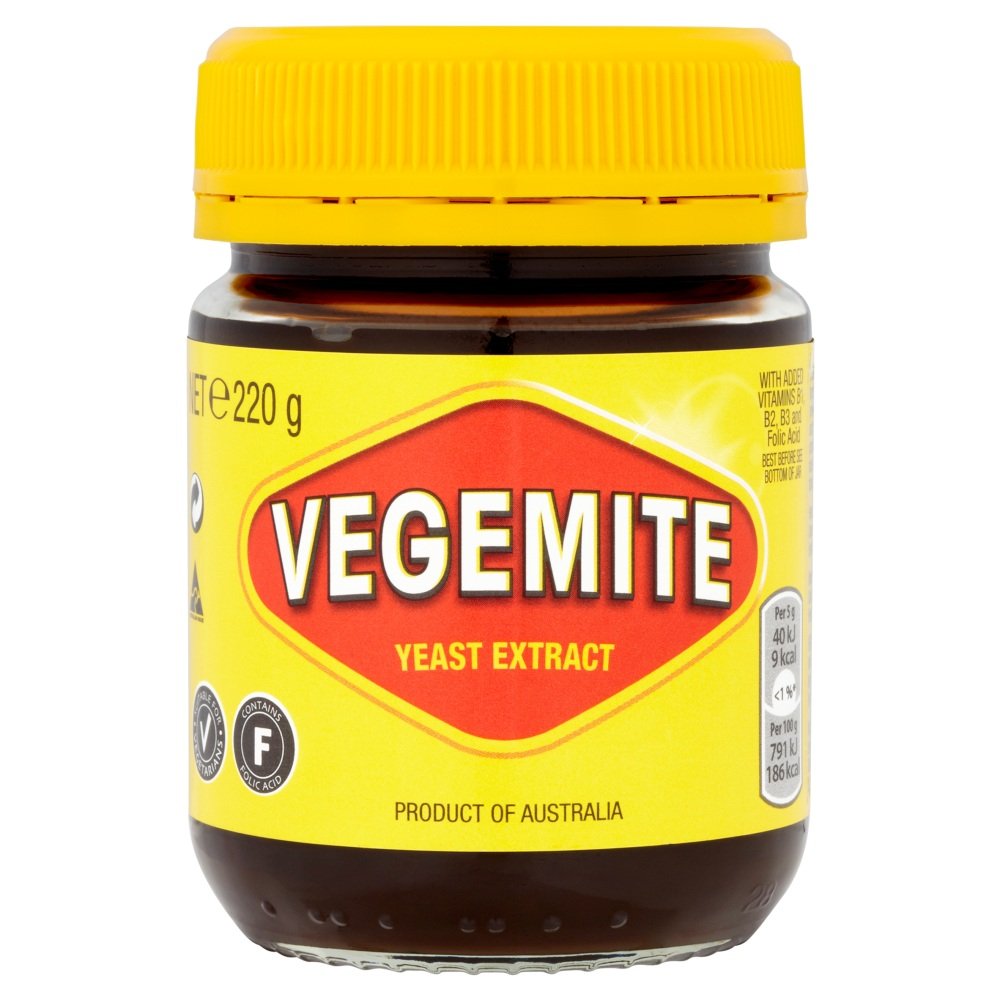And for any of the people saying “he changed”.
One of his most recent “philanthropic” ventures was to partner with Nestle (good start) to “modernize and increase yields” of the dairy industries in impoverished countries.
The two organizations then sold modern (likely non-servicable) equipment and entrenched them in corporate supply chain systems geared towards export and making it much harder to trade locally (not sure how that part worked, but was in what I read).
For a grand total of… 1% increased dairy yields.
Then 3-4 years later they pulled out, leaving heavily indebted farmers without the corporate supply chains and delivery systems they were forced to switch to, and making it very difficult to switch back to the old ways of working, so they can’t sell nearly as much locally.
Who do you think will buy up those farms when the farmers go bankrupt and have to sell ar rock bottom prices.














I have just run into such an insane amount of problems with atomic distros. The thing is that you don’t know it will be a problem until you start having a need for the functionality
I still daily drive bazzite, but embedded programming, wireshark (constantly breaks upgrading on atomic fedora), any VM that had to connect to the LAN, any sort of document signing, key management, using any sort of government ID software like Belgium’s EID to log in on a web browser, and much more is very difficult with most of the examples being dead in the water and will apparently never be attempted to be fixed.
It works great for most people, until they need to do 1 thing outside of the mainstream and it falls apart. Hell, there is literally no documentation at all on how adding a user to a group is fundamentally broken (fedora’s fault, not bazzite) and you have to copy groups manually from a non-documented file to /etc/group.